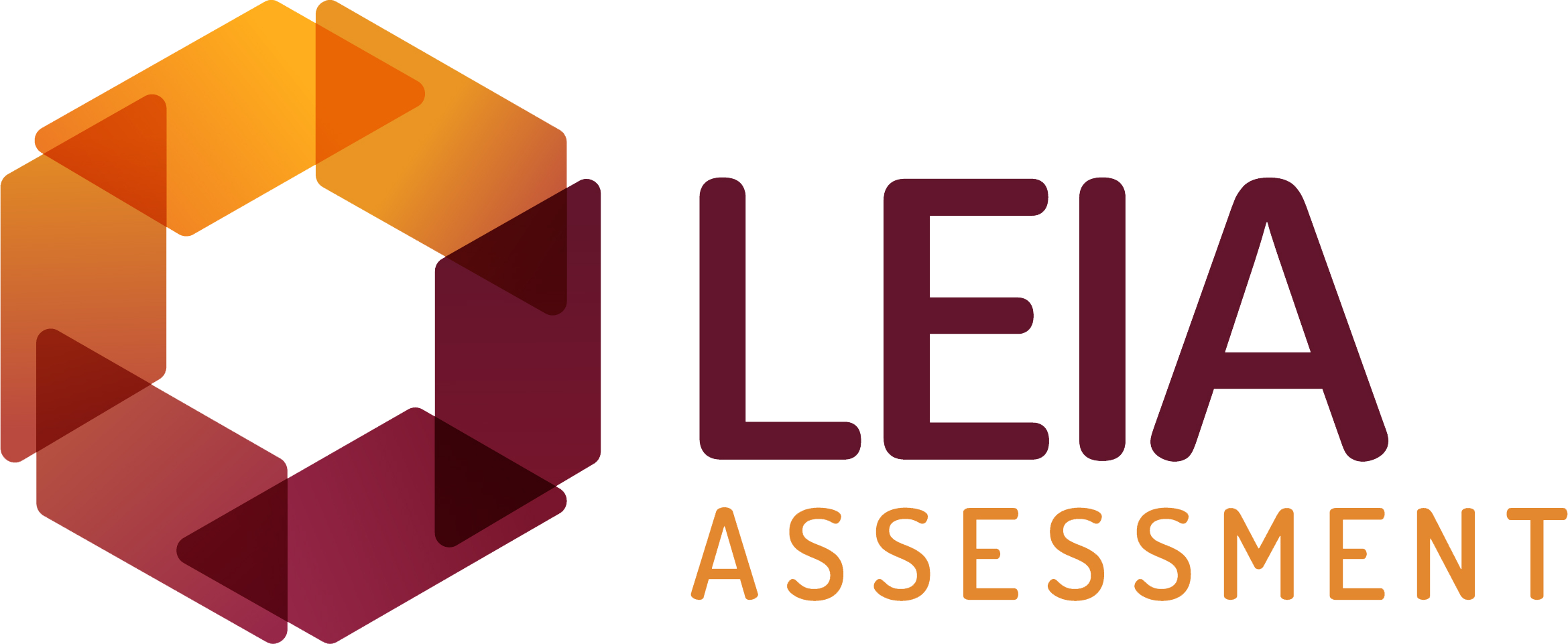Lift Industry Newsletter
October 2025
LEIA Technical Seminar
Please note this is a LEIA members event.
5th November at the Delta Hotel, Northampton.
Topics include:
ISO 8100-1 main changes
EN 81-76 evacuation lifts
Escalator modernisation
BS 5655-11 modernisation
EN 81-58 fire resistant lift
Landing doors
Book HERE.
The Apprenticeship System
Changes are coming to the apprenticeship system — and they’re set to reshape how assessment works across our industry.
News from LEIA
In February 2025, the Department for Education announced major reforms designed to simplify the apprenticeship system and boost completion rates. These changes mark one of the most significant overhauls in recent years — and they’ll have a real impact on providers and employers.
Read more for a quick summary of what’s changing:
Simplified assessment plans – Plans will be reduced from 30–50 pages to just 2–5. Skills England will take ownership of their creation, giving awarding organisations more freedom to design effective, fit-for-purpose assessments.
New role for awarding organisations – LEIA Assessment (and others) will now design assessment methods and grading criteria directly. Knowledge and skills will still be assessed — but behaviours will instead be signed off by employers.
Centre assessed model – Providers can now apply to become approved centres, enabling them to deliver assessments directly under robust quality assurance. LEIA will still design and set all assessments and operate external quality checks through sampling, monitoring, and risk rating.
Greater flexibility – Assessments can now take place throughout the apprenticeship, not just at the end — though at least 40% must still be delivered directly by the awarding organisation.
From LEIA Assessment's perspective, these reforms represent both an opportunity and a challenge. They bring additional responsibilities, greater design flexibility, and potential pathways into wider qualification opportunities — but also more complex quality assurance requirements and development costs.



